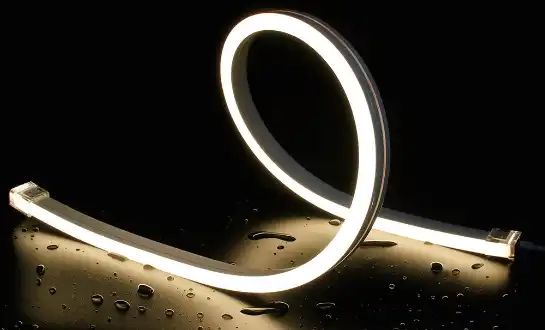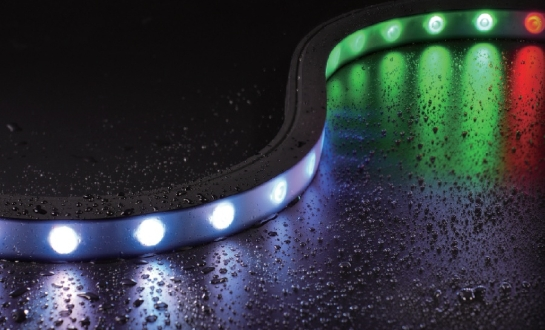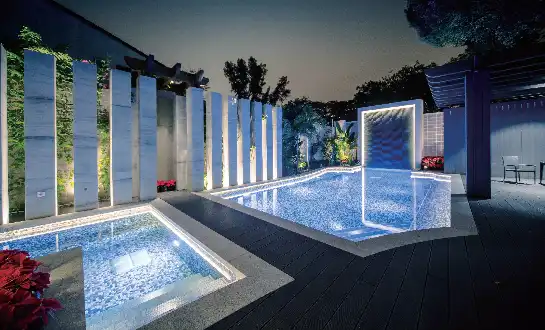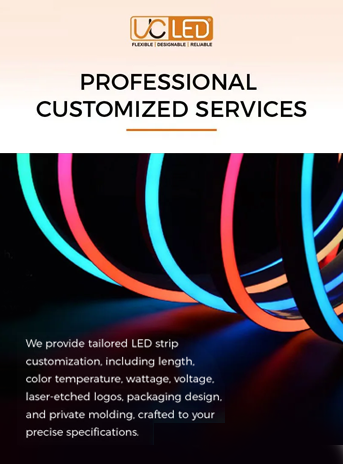What is the difference between LED strip and LED neon flex?
The main difference between LED strips and LED neon flex lies in their construction and light output. LED strips are flat, flexible circuits with individual LEDs mounted on a thin PCB, offering directional lighting. In contrast, LED neon flex is a rounded, tube-like structure that emits a 360-degree glow, mimicking traditional neon lights. LED neon flex is typically more durable and weatherproof, making it suitable for outdoor applications. While LED strips are often more affordable and easier to install, it provides a more uniform, diffused light that's ideal for creating stunning visual effects in both commercial and residential settings.
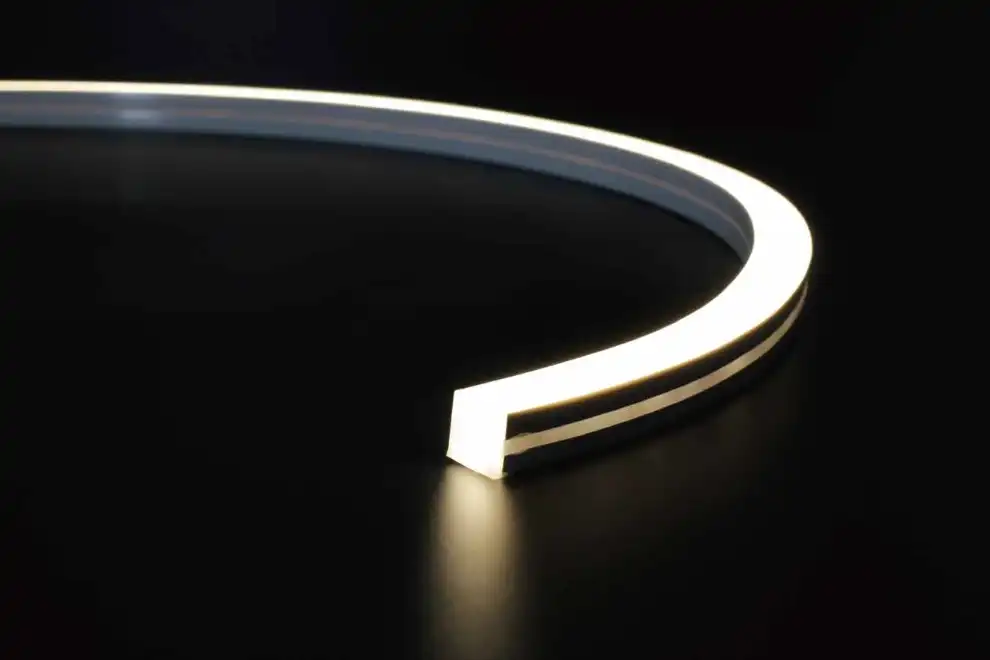
Illuminating the Distinctions: LED Strip vs LED Neon Flex
Construction and Design
LED strips and LED neon flex represent two distinct approaches to flexible lighting solutions. LED strips consist of a series of individual LEDs mounted on a narrow, flexible printed circuit board (PCB). These strips are typically thin and flat, allowing for easy installation in tight spaces or along contours. The LEDs are usually spaced at regular intervals along the strip, creating a dotted light effect when viewed up close.
On the other hand, it boasts a more robust construction. It features a string of LEDs encased within a flexible, translucent silicone or PVC tube. This design results in a rounded profile that closely resembles traditional neon lighting. The encapsulation of LEDs within the tube creates a continuous, unbroken line of light, eliminating the dotted appearance often associated with LED strips.
Light Output and Distribution
The light output characteristics of LED strips and LED neon flex differ significantly. LED strips generally produce directional lighting, with the light emitted primarily in one direction - usually upward from the strip's surface. This makes them ideal for task lighting or accent lighting where focused illumination is desired.
In contrast, LED neon flex delivers omnidirectional lighting, emitting light in a 360-degree pattern around its cylindrical form. This unique feature allows product to create a soft, diffused glow that closely mimics the aesthetic of traditional neon lighting. The result is a more uniform and visually appealing light distribution, perfect for creating eye-catching displays or ambient lighting effects.
Durability and Weather Resistance
When it comes to durability and weather resistance, LED neon flex often has the upper hand. The sealed construction of product, with LEDs encased in a protective silicone or PVC tube, provides excellent protection against moisture, dust, and other environmental factors. Many products boast IP65 or IP67 ratings, making them suitable for outdoor applications and harsh environments.
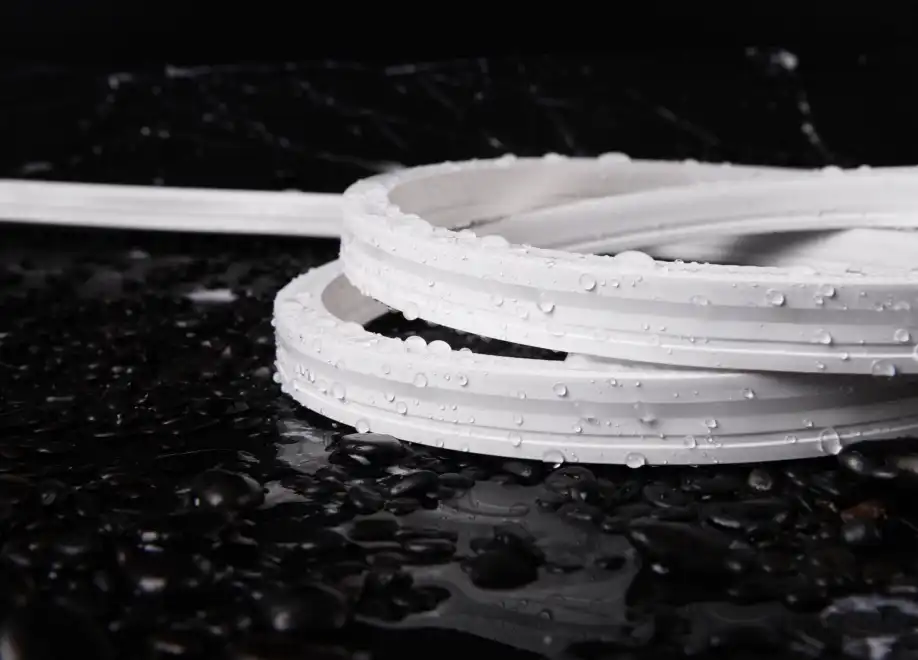
LED strips, while available in waterproof versions, are generally less robust in this regard. Basic LED strips may offer little to no protection against the elements, limiting their use to indoor environments. However, higher-end LED strips can be coated or encased in silicone for improved durability and water resistance, though they may not match the level of protection offered by LED neon flex.
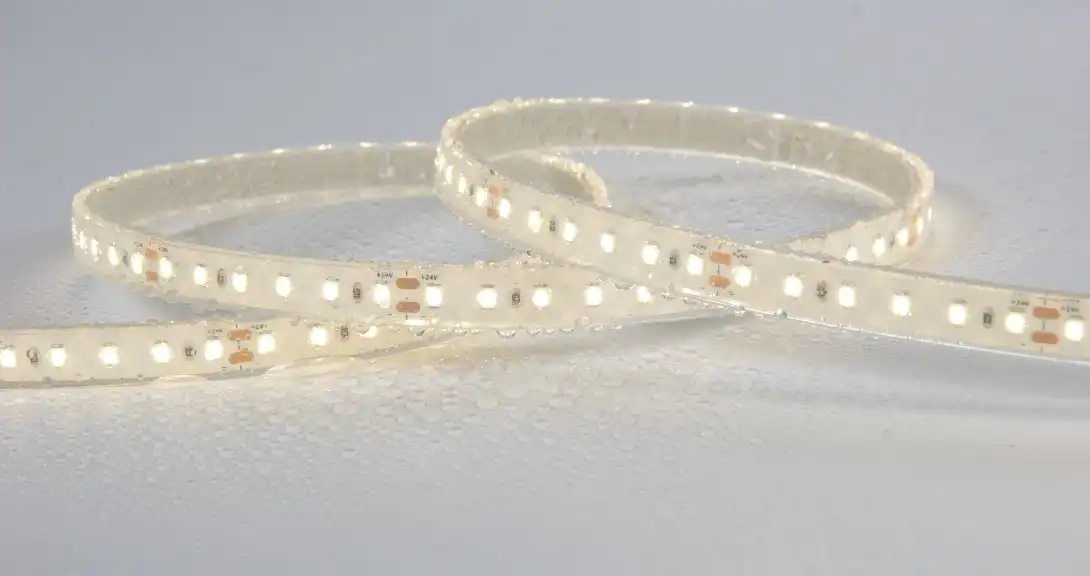
Applications and Versatility: Where LED Strip and LED Neon Flex Shine?
LED Strip Applications
LED strips excel in a variety of applications due to their flexibility, ease of installation, and directional lighting properties. They are particularly well-suited for:
- Under-cabinet lighting in kitchens and workspaces
- Accent lighting for shelves, bookcases, and display cases
- Cove lighting to create indirect illumination in ceilings
- Backlighting for televisions and computer monitors
- Task lighting in workshops or craft areas
- Stair lighting for improved safety and aesthetics
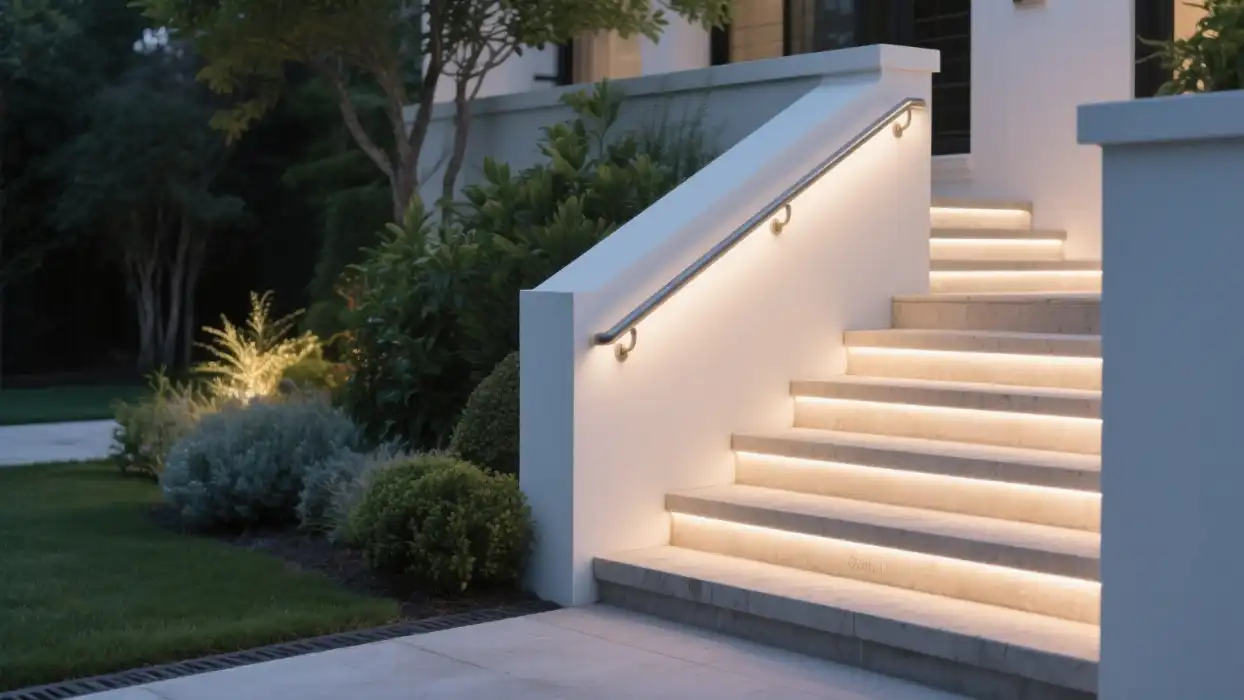
The slim profile of LED strips allows them to be easily concealed in tight spaces, making them an excellent choice for subtle, architectural lighting designs. Their ability to be cut to specific lengths also enhances their versatility in custom installations.
LED Neon Flex Applications
LED neon flex, with its unique 360-degree light output and neon-like appearance, is particularly suited for applications where visibility and visual impact are paramount. Common uses include:
- Storefront and building outline lighting
- Signage and logo illumination
- Decorative lighting for bars, clubs, and entertainment venues
- Architectural accent lighting for facades and interiors
- Event and stage lighting
- Landscape lighting features
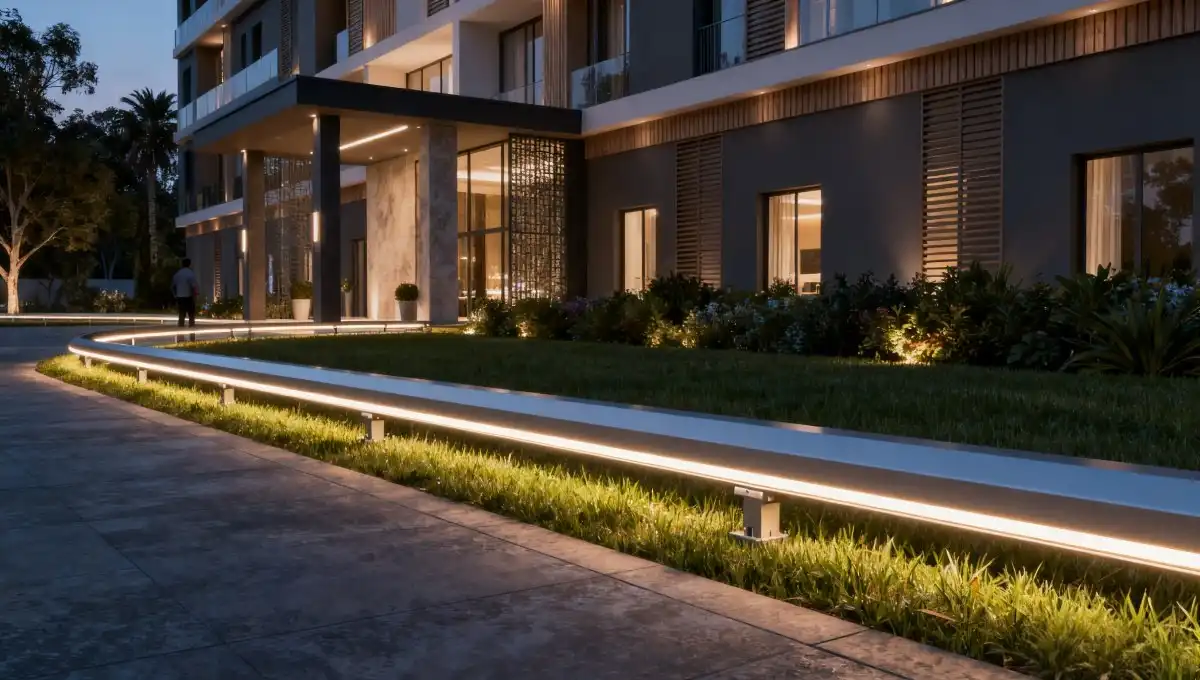
The durability and weather resistance of LED neon flex make it an excellent choice for outdoor applications, where it can withstand the elements while providing vibrant, attention-grabbing illumination. Its ability to create seamless, unbroken lines of light also makes it ideal for creating complex shapes and designs in both commercial and residential settings.
Customization and Creative Possibilities
Both LED strips and LED neon flex offer extensive customization options, but in slightly different ways. LED strips are available in a wide range of colors, including RGB and RGBW variants that allow for dynamic color changing effects. They can be easily cut to length and connected in series, offering flexibility in installation.
LED neon flex, while also available in various colors and RGB options, offers additional creative possibilities through its form factor. It can be bent and shaped to create custom designs, logos, and text, making it a favorite among designers and architects for creating unique lighting installations. Some products also offer pixel-level control, allowing for even more sophisticated lighting effects and animations.
Performance Metrics: Comparing LED Strip and LED Neon Flex
Energy Efficiency and Power Consumption
Both LED strips and LED neon flex are known for their energy efficiency compared to traditional lighting solutions. However, there can be slight differences in their power consumption:
LED strips typically consume less power per meter than LED neon flex due to their simpler construction and fewer LEDs per unit length. This makes them a more energy-efficient option for large-scale installations where power consumption is a concern.
LED neon flex, while still highly efficient, may consume slightly more power due to the higher density of LEDs required to create its uniform glow. However, the difference is often negligible in smaller installations, and the unique lighting effect may justify the marginally higher power usage in many applications.
Brightness and Luminous Efficacy
The brightness of LED strips and LED neon flex can vary significantly depending on the specific product and manufacturer. Generally speaking:
LED strips can achieve higher brightness levels per meter, especially in high-density configurations. This makes them suitable for applications requiring intense, focused lighting. However, the light output may appear more uneven or "dotted" when viewed directly.
Neon flex LED typically offers a more diffused, uniform brightness along its length. While it may not achieve the same peak brightness as some LED strips, its 360-degree light distribution often creates a more visually appealing effect, especially when viewed directly.
Lifespan and Maintenance
Both LED strips and LED neon flex boast impressive lifespans, typically rated for 50,000 hours or more of operation. However, there are some differences in their long-term performance and maintenance requirements:
LED strips, particularly those without additional protection, may be more susceptible to environmental factors such as dust and moisture over time. This can potentially lead to reduced performance or failure of individual LEDs. Regular cleaning and proper installation in suitable environments can help mitigate these issues.
LED neon flex, with its sealed construction, often requires less maintenance and is less likely to be affected by environmental factors. The encapsulation of LEDs within the silicone or PVC tube provides an additional layer of protection, potentially contributing to a longer effective lifespan in challenging environments.
Color Rendering and Quality of Light
The color rendering index (CRI) and overall quality of light can vary between LED strips and LED neon flex, as well as between different models within each category:
LED strips are available in a wide range of color temperatures and CRI values, including high-CRI options that excel at accurately rendering colors. This makes them suitable for applications where color accuracy is crucial, such as retail displays or art galleries.
LED neon flex, while also available in various color temperatures, often prioritizes the creation of a specific aesthetic over high color accuracy. The diffused nature of its light output can create a softer, more atmospheric glow, which may be preferable in certain decorative or mood lighting applications.
Conclusion
In conclusion, the choice between LED strips and LED neon flex ultimately depends on the specific requirements of your lighting project. LED strips offer directional lighting, high energy efficiency, and versatility for a wide range of applications. It provides a unique, neon-like aesthetic with 360-degree light output and excellent durability, making it ideal for creating visually striking installations both indoors and outdoors.
By understanding the distinct characteristics and performance metrics of each option, you can make an informed decision that best suits your lighting needs and design vision. For more information about LED neon flex and other innovative lighting solutions, please contact us at Linda@uc-led.com. Our team of experts is ready to help you illuminate your space with cutting-edge LED technology.
References
1. Khandelwal, R. (2021). "LED Strip Lights vs. Neon: Which is Better?" Lighting and Ceiling Fans.
2. Johnson, M. (2020). "The Evolution of Flexible Lighting: From Neon to LED Neon Flex." Architectural Lighting Design Quarterly.
3. Smith, A. & Brown, B. (2019). "Comparative Analysis of LED Strip and LED Neon Flex Technologies in Modern Lighting Applications." Journal of Illuminating Engineering Society.
4. Chen, L. et al. (2022). "Energy Efficiency and Environmental Impact of LED Strip Lights and LED Neon Flex: A Comprehensive Study." Sustainable Lighting Technologies.
5. Williams, P. (2021). "Creative Applications of LED Strip and LED Neon Flex in Commercial and Residential Design." Interior Design Today.
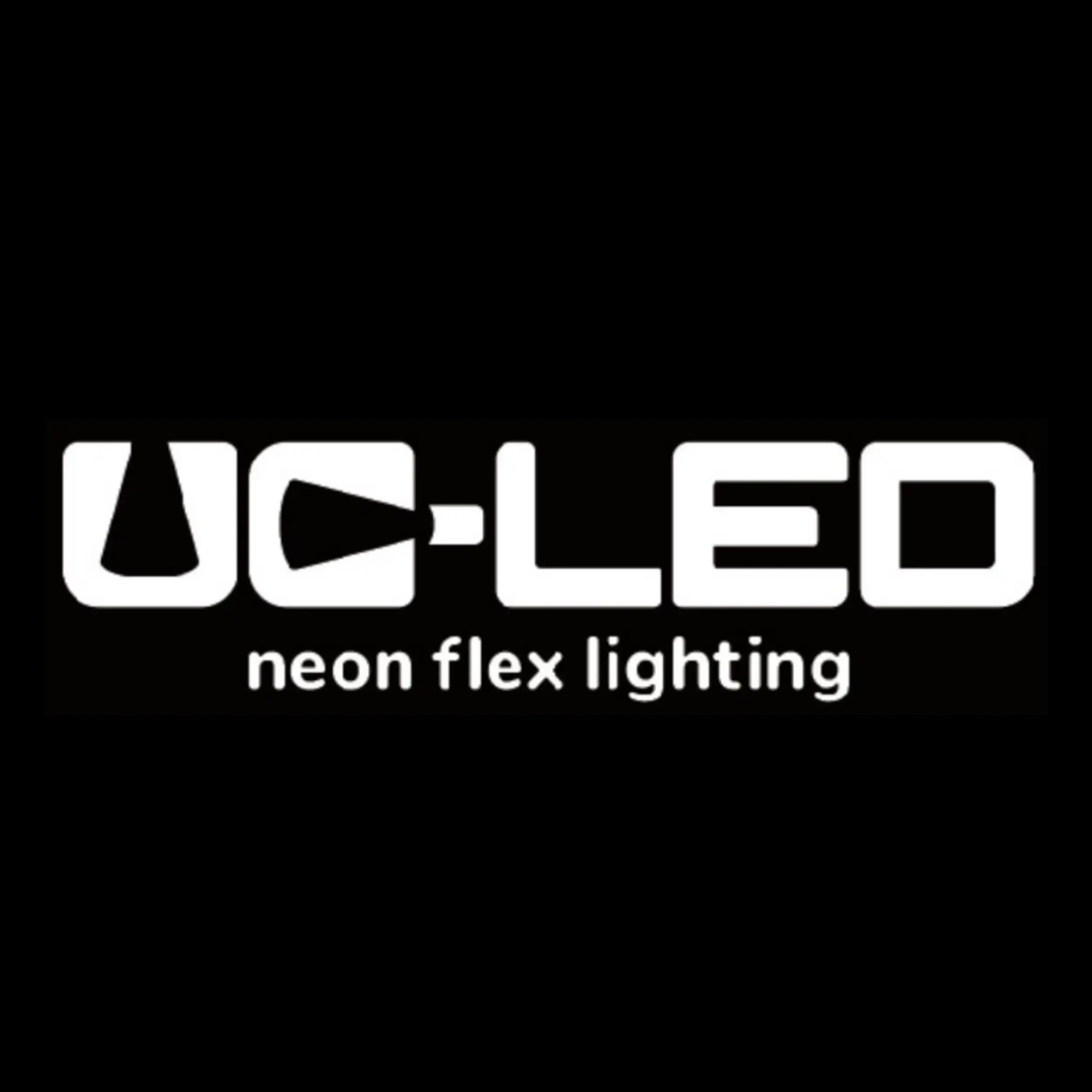
Looking for high-quality LED flexible strips? Click for a free quote in 24 hours!

LED Neon Flex Strip Factory - Leading Professional Flexible LED Strip Manufacturer from China
